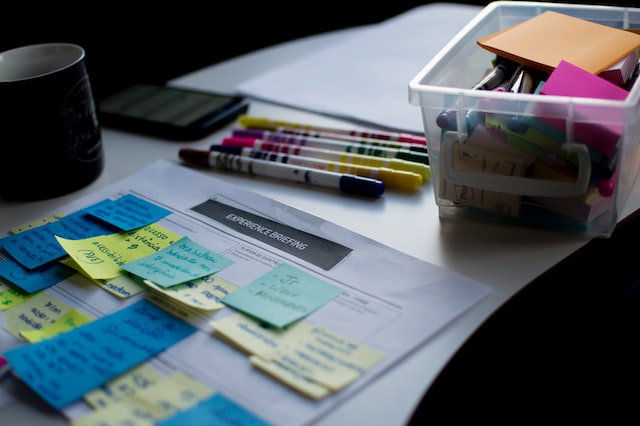
If you’re a creative designer for online casino en ligne then chances are that when clients approach you with their needs and problems they want to hear an answer based on your experience as well as the facts of the situation. But what if there were some principles or guidelines that you could apply to help both yourself and your client understand what is possible?
1. You can start anywhere
Even from scratch! Designers often get caught up in thinking about how our designs should look like before actually starting to design them. This often leads to designing something that no one wants to see at all because it looks terrible but it’s not quite right yet. Instead, you should take advantage of an idea first, then build around it – sometimes using existing assets from other sources such as stock photos or music tracks.
2. Be resourceful
It might seem obvious to suggest that you should be resourceful when working alone, however in reality many designers don’t have the time to search through libraries. When searching Google image to find images for their websites or online casino projects this can lead to taking work completed by others and claiming that it was designed by you. You also need to ensure that the use of a third party asset isn’t infringing copyright laws or licenses of any type. If this sounds complicated then just remember that resources aren’t always free of charge. Some will even ask for payment upfront for access to theirs. It’s worth doing your due diligence so that you don’t put money down the drain.
3. Make a plan
Before sitting down to create new designs, consider what it is that you’d like to achieve by redesigning your site. What do you hope to gain from the changes? How big would you like these changes to be? Are they going to make a difference overall, or only affect certain parts of the page? In order for your client to agree to change anything, they need to know exactly why you think what you propose is required. Therefore, you must have everything lined up and in order.

4. Know the client’s needs first
Before jumping into any project it’s important to consider whether or not you’ll be able to meet the needs of your client. For example, if they want something different to the original design in terms of functionality or appearance, it’s best, to be honest, and say something along the lines of ‘this won’t be feasible because I’m more than likely going to break my promise to the client.’ This way they’ll be able to confirm whether or not you’ve got the skills to deliver the agreed-upon result within the timeframe.
